Introduction to EMEROSN SP4402
Product Description
The EMEROSN SP4402 is a rugged, industrial signal processor designed to condition, filter, and convert analog/digital sensor signals for seamless integration into industrial control systems. As a key model in EMEROSN’s SP (Signal Processing) series—specialized for enhancing signal reliability in harsh environments—it solves critical challenges like noise interference, signal drift, and protocol mismatches, making it indispensable for industries such as manufacturing, energy, and process automation.
Unlike basic signal converters, the SP4402 goes beyond simple signal translation: it actively cleans noisy inputs (e.g., from sensors near motors or VFDs), compensates for environmental drift (e.g., temperature-induced errors in pressure signals), and bridges legacy and modern protocols. Its compact DIN-rail design fits easily into crowded control cabinets, while its industrial-grade construction (wide temperature tolerance, vibration resistance) ensures performance in conditions where consumer-grade devices fail.
The model designation “SP4402” encodes core capabilities:
- SP: Denotes “Signal Processing” (primary function).
- 44: Indicates 4 analog input channels and 4 analog output channels (for flexible signal routing).
- 02: References 2nd-gen hardware (enhanced filtering algorithms, faster processing).
Typical use cases include:
- Cleaning 4–20mA pressure signals from a factory floor sensor (noisy due to nearby VFDs) before sending data to a PLC.
- Converting legacy 0–5V temperature signals from an old oven to 4–20mA for integration with a new SCADA system.
- Compensating for humidity-induced drift in weight sensor signals at a food packaging plant to maintain filling accuracy.
Technical Parameters
To simplify navigation, key specifications are organized by functional category, with critical details highlighted for clarity:
1. Signal Input/Output (I/O) Specifications
|
Parameter
|
Details
|
|
Analog Inputs
|
4 channels (configurable for 4–20mA, 0–5V, 0–10V, or RTD signals)
|
|
Input Impedance
|
100kΩ (for voltage inputs); 250Ω (for current inputs) — minimizes signal loading
|
|
Analog Outputs
|
4 channels (selectable as 4–20mA or 0–10V, 16-bit resolution)
|
|
Output Load Capacity
|
Up to 500Ω (for current outputs); ≥10kΩ (for voltage outputs)
|
|
Digital I/O (Optional)
|
8 channels (24V DC, PNP/NPN) for triggering alarms or controlling relays
|
2. Signal Conditioning & Processing
- Filtering: Multi-stage low-pass, high-pass, and notch filters (software-configurable, 0.1Hz–1kHz) to eliminate EMI/RFI noise. For example, a 50Hz notch filter removes power line interference from sensor signals.
- Linearization: Built-in lookup tables for non-linear sensors (e.g., thermocouples, pressure transducers) to convert raw signals to linear, usable data (compliant with NIST standards).
- Drift Compensation: Automatic temperature compensation (-40°C to +70°C) and zero-point calibration to correct signal drift over time—critical for long-term accuracy in process control.
- Sampling Rate: 1kHz per channel (fast enough for dynamic processes like pump pressure monitoring, slow enough to avoid network overload).
3. Communication & Connectivity
- Protocol Support: Modbus RTU (RS485) and Modbus TCP/IP (Ethernet) for seamless integration with PLCs, HMIs, and SCADA systems.
- Configuration: Web-based interface (via Ethernet) or serial port (RS485) for easy setup—no specialized software required (compatible with all major browsers).
- Data Logging: 4GB internal flash for storing signal trends (e.g., 1-minute intervals for 12 months) — useful for troubleshooting or compliance audits.
4. Environmental & Mechanical Ratings
- Temperature Range: Operating: -40°C to +70°C (-40°F to +158°F); Storage: -55°C to +85°C (-67°F to +185°F).
- Vibration/Shock: 10–500Hz, 2g peak (IEC 60068-2-6); 30g peak (11ms duration, IEC 60068-2-27) — withstands machinery vibration in factories.
- Protection: IP30 (DIN-rail housing); IP65 (optional weatherproof enclosure for outdoor use, e.g., solar farms).
- Power Supply: 24V DC (18–36V DC wide range); Power consumption: ≤8W (typical, energy-efficient for 24/7 operation).
5. Certifications
- Industrial: CE (EMC compliance: EN 61000-6-2/4), UL 508 (industrial control), RoHS 2.0.
- Hazardous Environments: ATEX Zone 2 (II 3G Ex nA IIC T4 Ga), IECEx — safe for use in explosive atmospheres (e.g., chemical plants).
- Accuracy Standards: NIST-traceable calibration (ensures compliance with ISO 9001 and FDA regulations for pharmaceutical/ food industries).
System Overview
The EMEROSN SP4402 acts as a “signal translator and cleaner” in industrial automation systems, integrating four core functional layers to ensure reliable data flow from sensors to controllers:
1. Signal Acquisition Layer
This layer captures raw signals from field sensors (e.g., pressure transmitters, temperature probes). For example, in an automotive factory, the SP4402’s 4 analog inputs might collect:
- 4–20mA from a robot arm pressure sensor (noisy due to motor EMI).
- 0–10V from a conveyor belt speed sensor.
- RTD signals from a welding station temperature probe.
Built-in input protection (overvoltage/overcurrent) prevents damage from sensor faults (e.g., short circuits).
2. Signal Conditioning Layer
This is the SP4402’s “value core”: it processes raw signals to eliminate errors. For the noisy robot arm pressure signal:
- A notch filter removes 50Hz power line noise.
- A low-pass filter smooths rapid voltage spikes from motor startup.
- Temperature compensation corrects drift caused by the robot’s heat output.
The result is a clean, stable signal that accurately reflects the robot’s actual pressure—critical for preventing assembly errors.
3. Conversion & Routing Layer
The processed signal is converted to the format required by the control system. For example:
- The clean pressure signal (originally 4–20mA) is converted to 0–10V for a legacy PLC that only accepts voltage inputs.
- The conveyor speed signal is routed to two outputs: one to the PLC for control, and one to an HMI for operator visibility.
Protocol conversion (e.g., Modbus RTU ↔ Modbus TCP/IP) ensures compatibility with both old and new system components.
4. Monitoring & Diagnostics Layer
The SP4402 provides real-time visibility into signal health via a web dashboard. Operators can track:
- Input/output signal levels (e.g., “Input 1: 12mA = 50% pressure”).
- Filter status (e.g., “Notch filter active for Input 1”).
- Calibration due dates (e.g., “RTD calibration needed in 60 days”).
Alerts (email/SMS) are triggered for issues like signal loss or filter failure—reducing troubleshooting time from hours to minutes.
Example: Food Packaging Plant Application
In a snack packaging facility, the SP4402 ensures accurate filling of potato chip bags:
- Acquisition: 4 analog inputs collect weight sensor signals (4–20mA) from 4 filling machines (noisy due to nearby compressors).
- Conditioning: Filters remove compressor EMI; zero-point calibration corrects drift from humidity in the plant.
- Conversion: Clean weight signals are converted to 0–10V and sent to a PLC, which adjusts the filling machine’s speed to maintain 50g per bag.
- Monitoring: If a sensor’s signal drops out, the SP4402 sends an alert to maintenance, preventing underfilled bags and compliance issues.
Related Models in the SP Series
The SP series offers variants tailored to specific signal processing needs—here are key alternatives to the SP4402:
- EMEROSN SP4202:
-
- 4 analog inputs + 2 analog outputs (instead of 4 outputs).
-
- Ideal for small-scale applications (e.g., a single filling machine, lab equipment) where fewer outputs are needed.
- EMEROSN SP8402:
-
- 8 analog inputs + 4 analog outputs (double the SP4402’s inputs).
-
- Designed for large systems (e.g., a factory with 8 temperature-controlled ovens) requiring more sensor connections.
- EMEROSN SP4402-EX:
-
- Explosion-proof variant (ATEX Zone 1, IECEx) with reinforced housing and intrinsic safety barriers.
-
- Suitable for hazardous environments (e.g., chemical processing plants, oil refineries) where flammable gases are present.
- EMEROSN SP4402-W:
-
- Weatherproof (IP67-rated) with surge protection (10kA) for outdoor use.
-
- Optimized for solar farms (conditioning irradiance sensor signals) or wastewater treatment plants (processing flow meter signals in outdoor pump stations).
- EMEROSN SP4402-AI:
-
- AI-enhanced model with machine learning algorithms for predictive signal maintenance.
-
- Identifies early signs of sensor failure (e.g., “Signal drift increasing 2%/month”) and alerts maintenance—ideal for critical systems like power plant turbine monitoring.
- EMEROSN SP4401:
-
- Entry-level model with 4 analog inputs + 4 analog outputs (no digital I/O, basic filtering).
-
- Cost-effective for non-critical applications (e.g., warehouse temperature monitoring, where EMI is minimal).



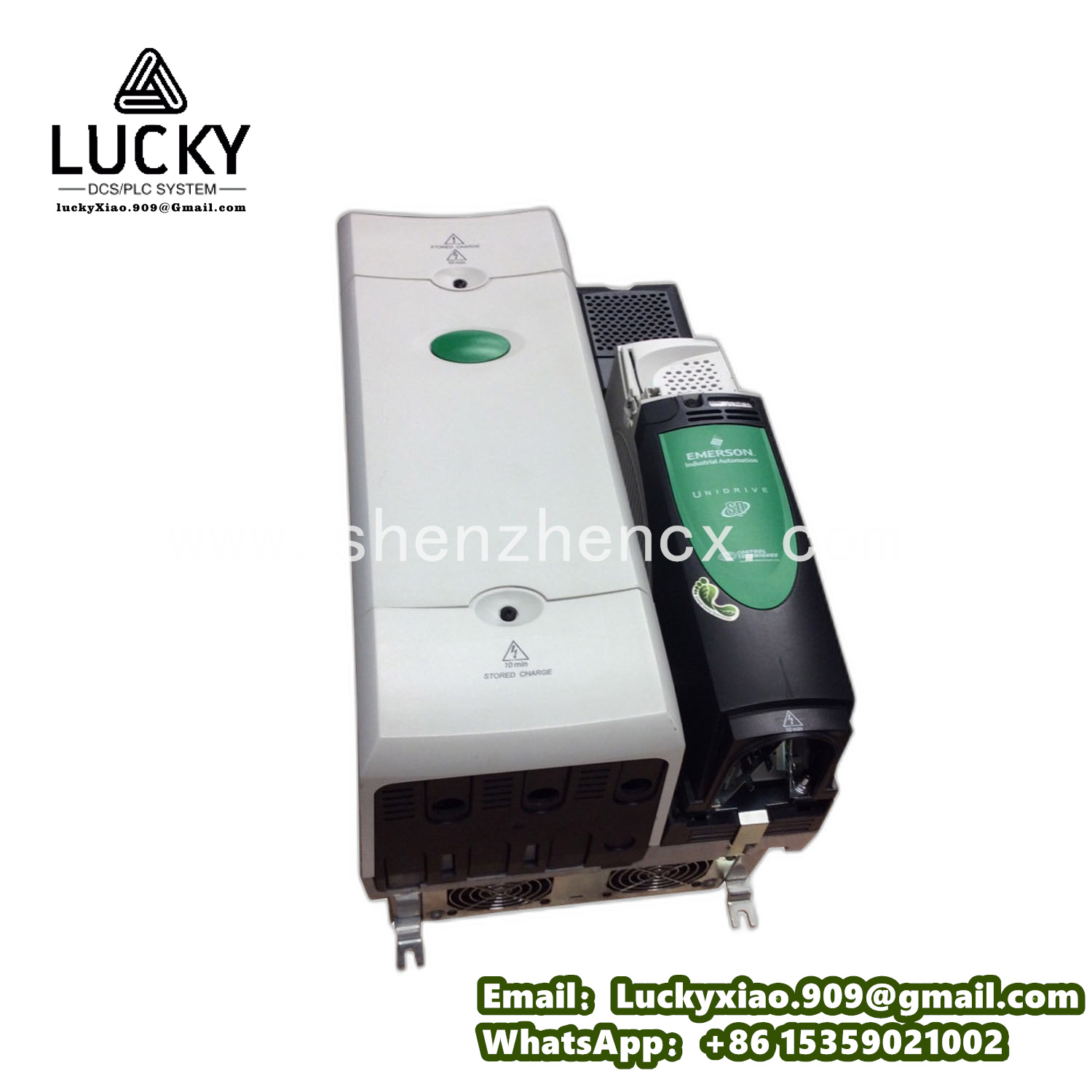
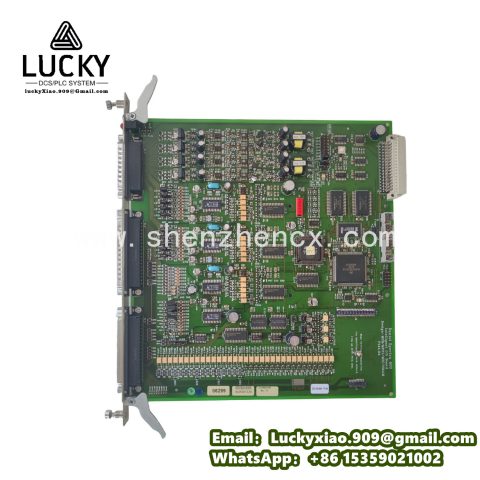
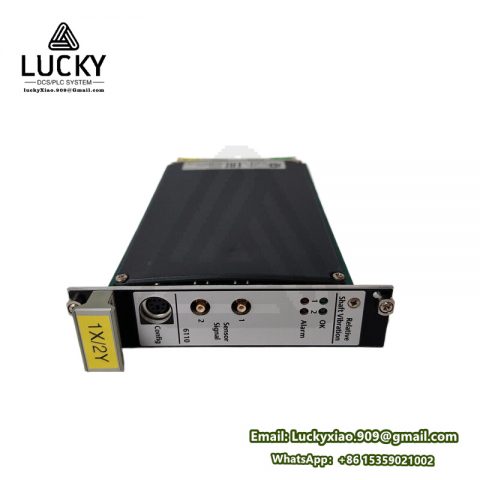
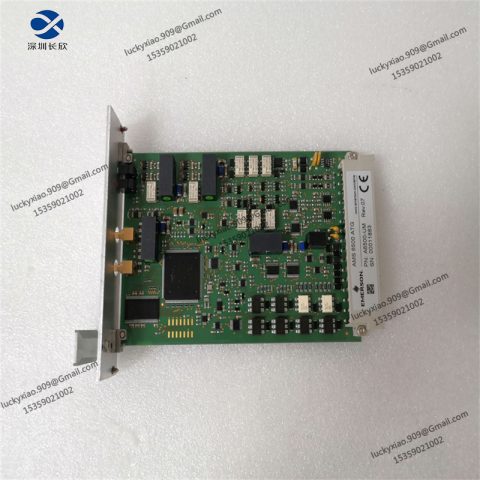
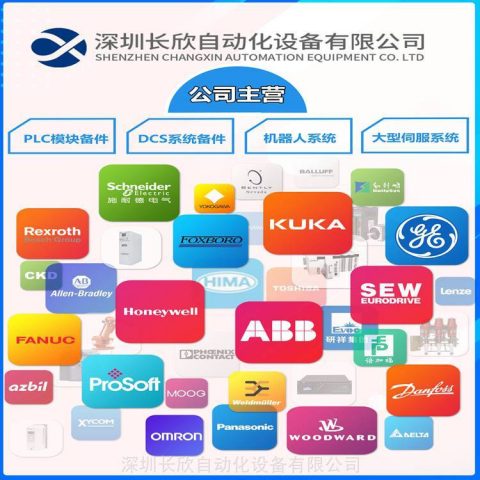
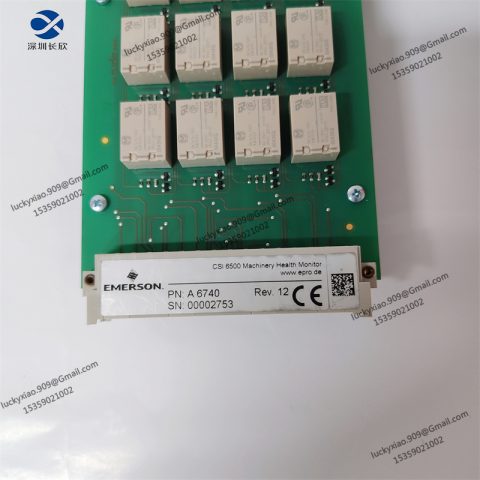
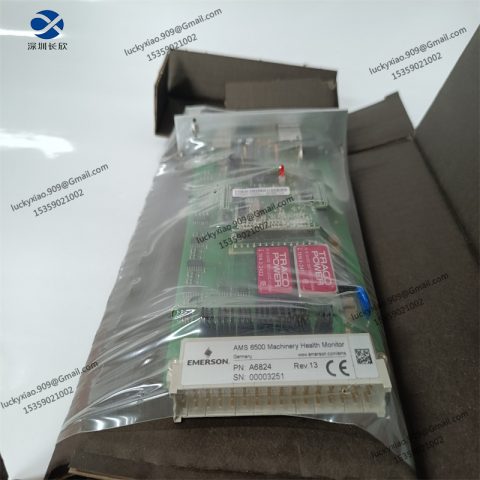
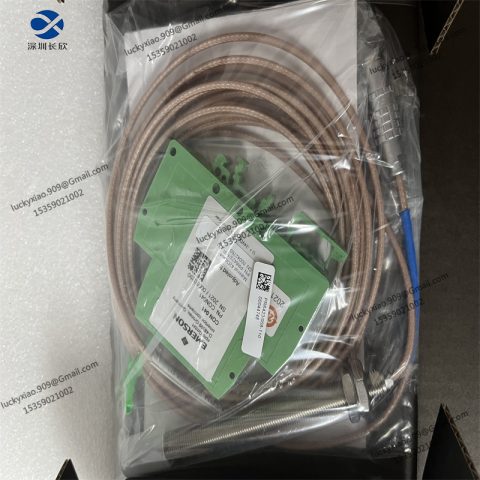
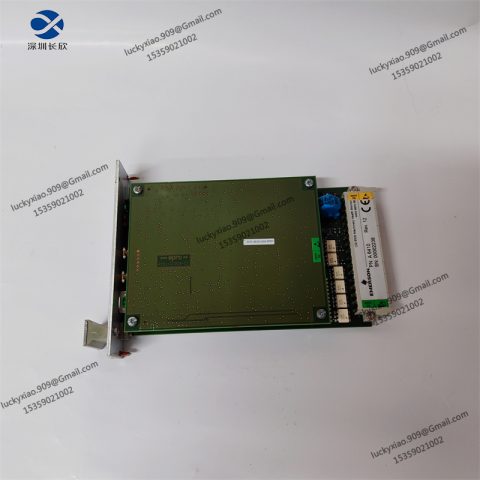
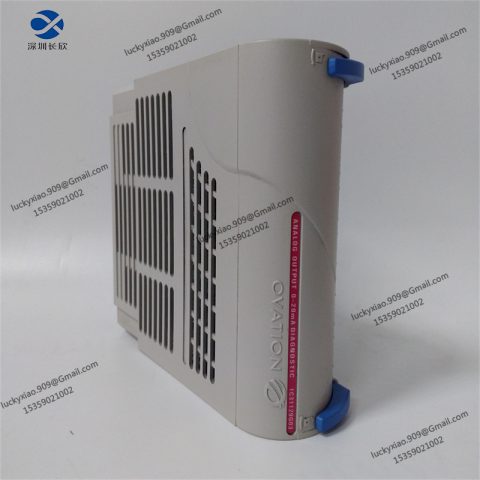
There are no reviews yet.